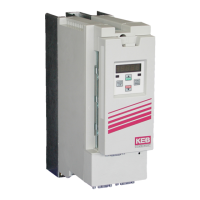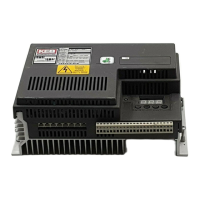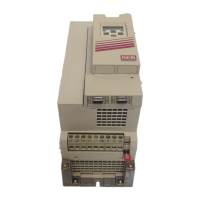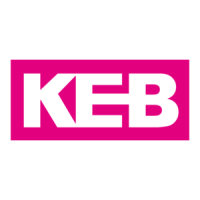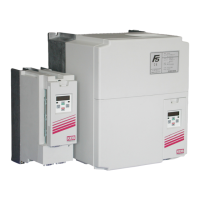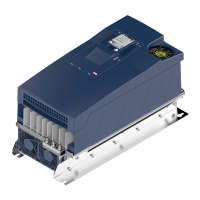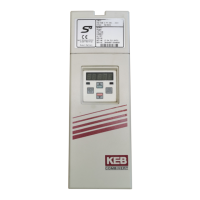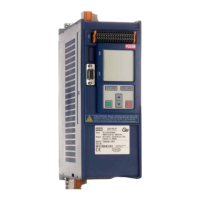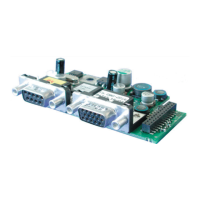5
ANTRIEBSTECHNIK
11
15
11
LWL - BUS
Name: Option
13.02.01
Chapter Section PageDate
© KEB Antriebstechnik, 2001
All Rights reserved
Networks
Network Hardware
11.1.3 Optical Fibre BUS
- Noise-immune data transfer
- Simple connection
- Electrical isolation
- High transfer rates
- Simple BUS design
Components
Disadvantages
Advantage
- To get a BUS communication, all users must be active.
Following components belong to the optical fibre system:
1. Optical fibre interface Part-No.: 00.F4.028-1009 Master
2. Optical fibre interface Part-No.: 00.F4.028-1008 Slave
3. Optical fibre operator Part-No.: 00.F4.010-A009
4. Optical fibre operator cable Part-No.: 00.90.084-3011
5. RS 232 - cable Part.No.: 00.58.025-000D
For the increasing automation and the thus connected rising number of interference
sources the optical fibre represents an important part of the data transmission, since
the optical fibre bus is insensitive to electromagnetic interferences.
The optical fibre interface is the link between the electric and the optical transmission.
The serial RS232-interface serves for the connection to data transmission equipment
(e.g. PC, PLC). The data terminal equipment (e.g. frequency inverter with optical fibre-
operator) are connected to the interface in ring-topology. For that all users (max. 239)
must be active.
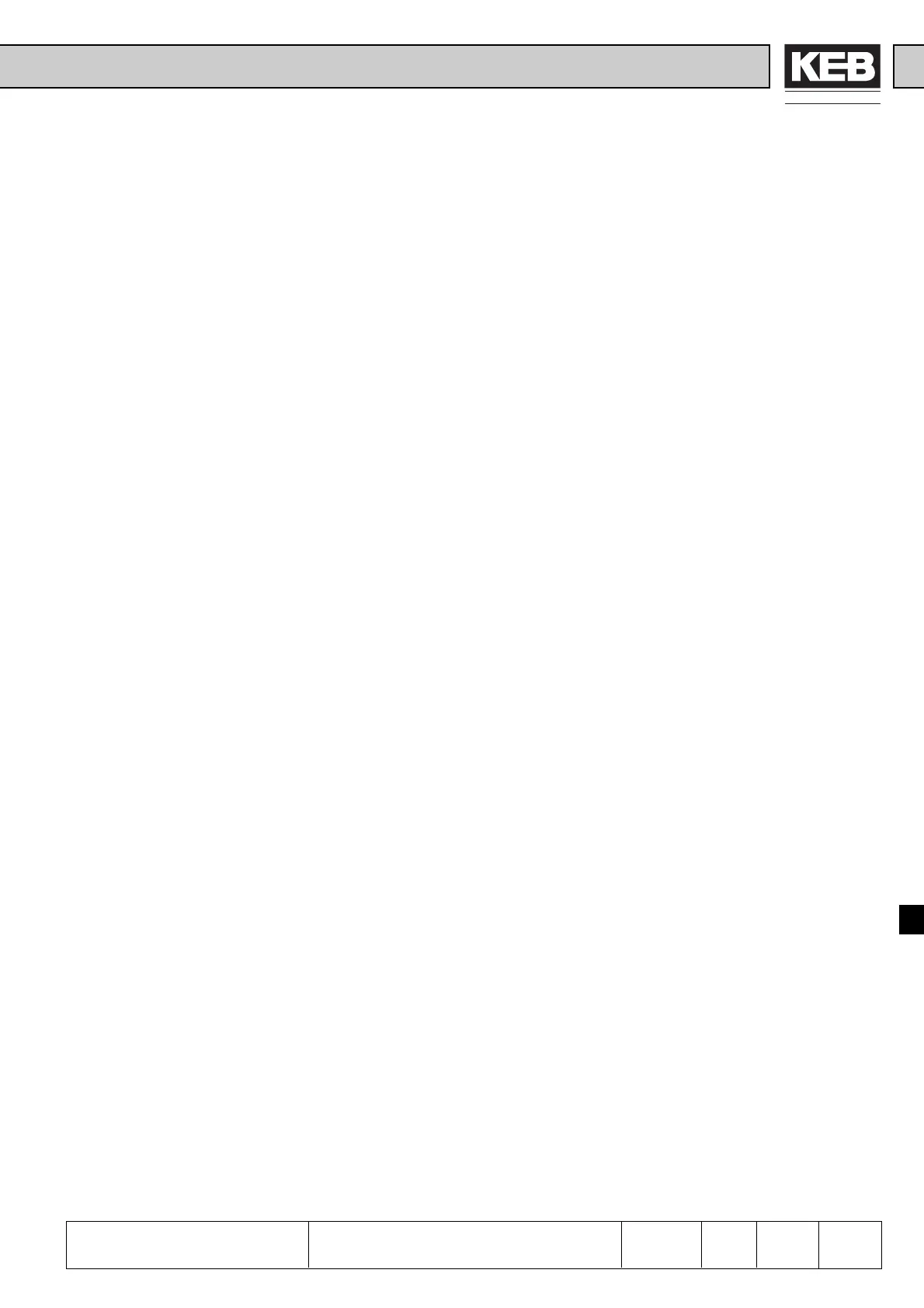